Russia’s missile arsenal is running low so Moscow turns to one of its few allies for help
- By Stavros Atlamazoglou
Share This Article
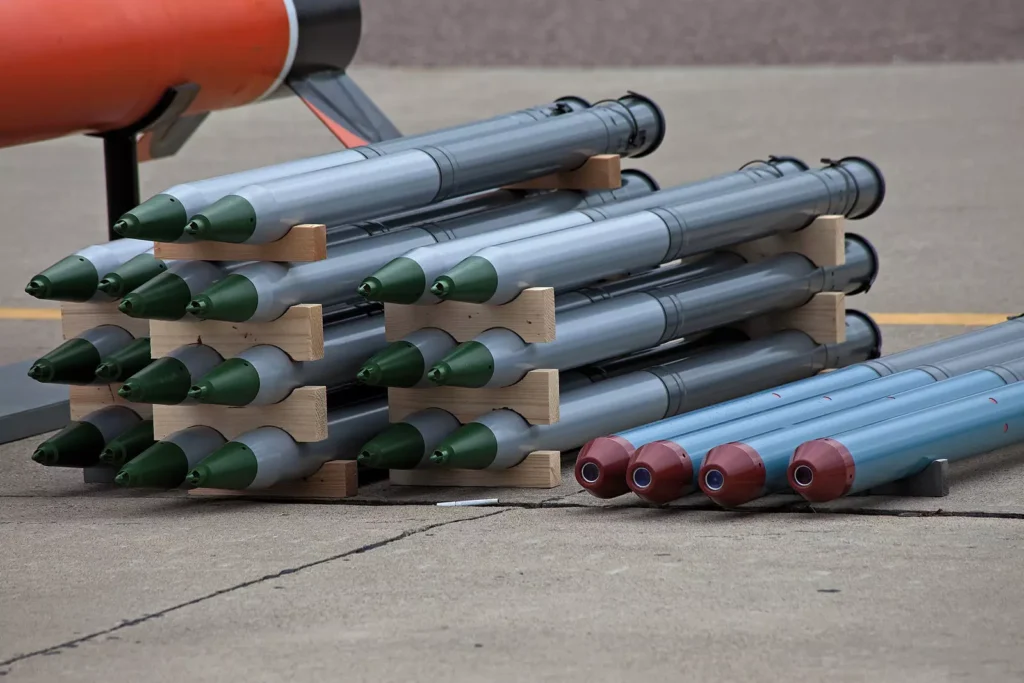
The Ukrainian counteroffensive has entered a new phase and is making good progress.
Weak and on the defensive, the Russian military is resorting to missiles and suicide drones to inflict costs on Ukraine.
But Western sanctions and months of combat have brought Russian missile stocks to record low levels. To compensate, Moscow is increasingly turning to Iran and its infamous suicide drones.
Russian missile arsenal is decreasing
The Kremlin began its long-range fires campaign in earnest back in October. Then, General Sergei Surovikin, the chief of the Russian Aerospace Forces, who is now under investigation for his role in the Wagner Group mutiny, launched missile and suicide drone barrages against Ukrainian cities and critical infrastructure in an effort to increase pressure on Kyiv to negotiate. He failed.
The West reacted fairly quickly and supplied Ukraine with advanced air defenses. Over the past months, the Ukrainian forces have managed to intercept the majority of the approximately 2,000 missiles launched by Russia.
However, the Russian forces have continued launching missiles and suicide drones but with some irregularity due to shortages caused by Western sanctions on the Russian defense and aerospace industry. Ironically for a country that aspires to superpower status, Russia depends on the West for a good portion of its defense industry, especially in weapons and munitions that require advanced microchips.
As a result, the Russian military is running out of ballistic and cruise missiles and is increasingly using munitions designed for other purposes.
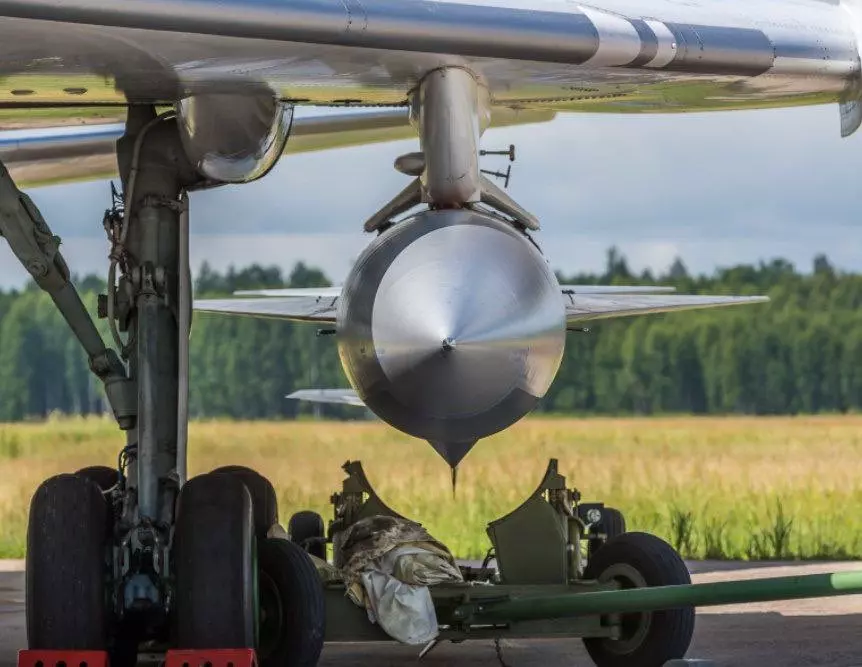
For example, in the attacks against Odesa and southern Ukraine in late July, the Russian military used a large number of Kh-22 (anti-ship cruise missiles that were designed to take out U.S. aircraft carriers. In the past, the Russian Aerospace Forces have also launched S-300 anti-aircraft missiles against ground targets. The use of anti-ship missiles against ground targets isn’t optimal and reveals the dire situation facing the Russian military. According to reports, Russia has upgraded some of its Kh-22s to increase their range.
According to the Ukrainian Military Intelligence, or GUR, in late July, the Russian military had approximately 660 ballistic and cruise missiles left. More specifically, the Russian military has about 293 Onyx 3M-55, 95 Iskander-M, 92 Kh-22/Kh-32, 71 Kalibr X-101/555, 58 Iskander-K, and 50 Kh-47M2 Kinzhal “supersonic” missiles.
Although Moscow is producing ballistic and cruise missiles every month, they aren’t nearly enough for the demands of a war like the one in Ukraine.
To compensate for its dwindling stocks of ballistic and cruise missiles, the Russian military is turning increasingly more to a weapon that made its debut in force in Ukraine – suicide drones.
Related: Russia is using deadly air tactics to stop Ukraine’s counteroffensive
Russia increases use of suicide drones
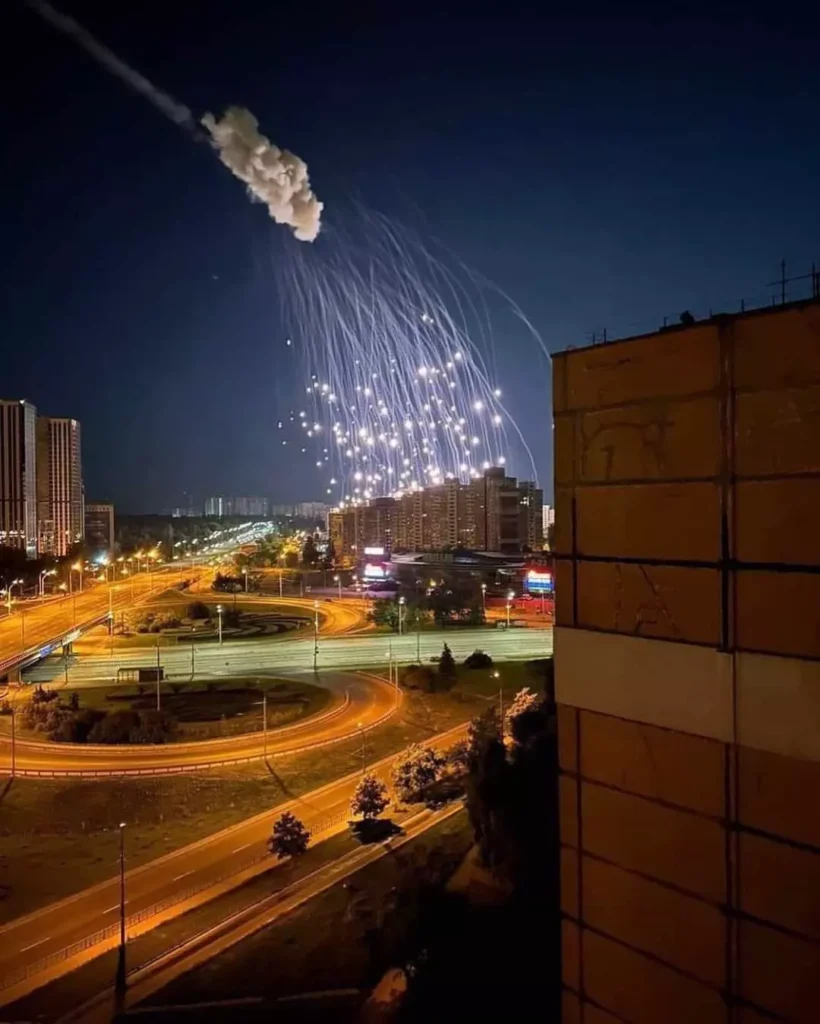
In addition to ballistic and cruise missiles, the Russian military has been using an extensive number of suicide drones to attack Ukrainian urban centers and critical infrastructure. Less powerful but cheaper, these loitering munitions have created a headache for the Ukrainian air defense.
Like ballistic and cruise missiles, many Russian unmanned aerial systems arsenal depend on Western parts to operate. As such, the sanctions have made it difficult for the Russian military to source the necessary components to sustain long-term, high-intensity conflict. And while it looked like that Moscow would have to find another solution to attack Ukraine, Iran came to the rescue.
Starting last summer, Iran has shipped thousands of suicide drones to Russia. The Russian military has used them profusely (particularly the deadly Shahed 136) against Ukrainian urban centers and critical infrastructure.
Related: Ukrainian forces are using a clever and cheap method to take out Russia’s best tanks
Often, Ukrainian troops have had to make tough decisions between taking out the deadlier ballistic and cruise missiles and letting the smaller but more numerous suicide drones pass through the air defense umbrella and strike Ukrainian cities. Yet, the situation has improved recently with the addition of several dozen Gepard anti-aircraft weapons that use autocannons to take out smaller air threats.
Alarmingly, it doesn’t look like the Russian military will be running out of suicide drones any time soon. According to the U.S. Intelligence Community, Moscow, and Tehran have come to an agreement for the continued supply of Shahed suicide drones. Specifically, analysts from the Pentagon’s Defense Intelligence Agency (DIA) assessed that the completion of a Shahed unmanned aerial system factory in Tatarstan, a small republic in eastern Russia, will greatly increase the operational numbers of Shahed suicide drones and the Russian suicide drone stocks will be “orders of magnitude larger” than what has been thus far.
With no end in sight for the war, Ukraine will need to come up with ways to counter not only Russia’s dwindling but deadly missiles but also its swarms of suicide drones.
Read more from Sandboxx News
- Why do officers have a higher success rate than enlisted men at becoming Navy SEALs?
- Hell in the Highlands: Losing a warrant officer in the mountains while moving against Korean positions
- Country music star Craig Morgan re-enlists in the Army to boost recruitment
- The MC51 was a super short blaster used by UK’s elite warriors
- The Marines’ new drone-truck can take out enemy ships from 1,000 miles out
Related Posts
Sandboxx News Merch
-

‘AirPower’ Golf Rope Hat
$31.00 Select options This product has multiple variants. The options may be chosen on the product page -

‘Kinetic Diplomacy’ Bumper Sticker (White)
$8.00 Add to cart -

‘Kinetic Diplomacy’ Bumper Sticker (Black)
$8.00 Add to cart
Stavros Atlamazoglou
Greek Army veteran (National service with 575th Marines Battalion and Army HQ). Johns Hopkins University. You will usually find him on the top of a mountain admiring the view and wondering how he got there.
Related to: Ukraine

The B-2 Spirit is aging but still packs a bunch
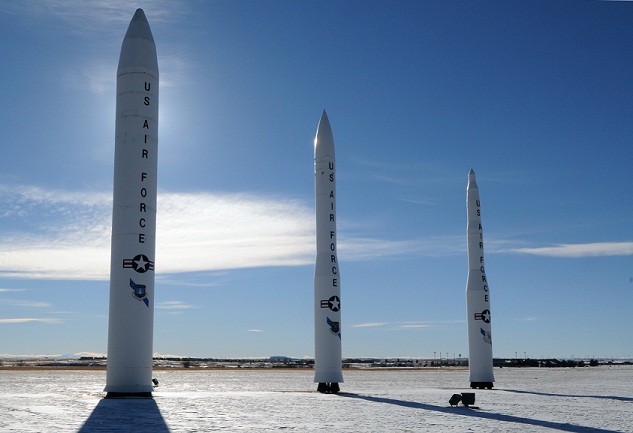
How large are the nuclear arsenals of Russia and China compared to those of the US and its allies?
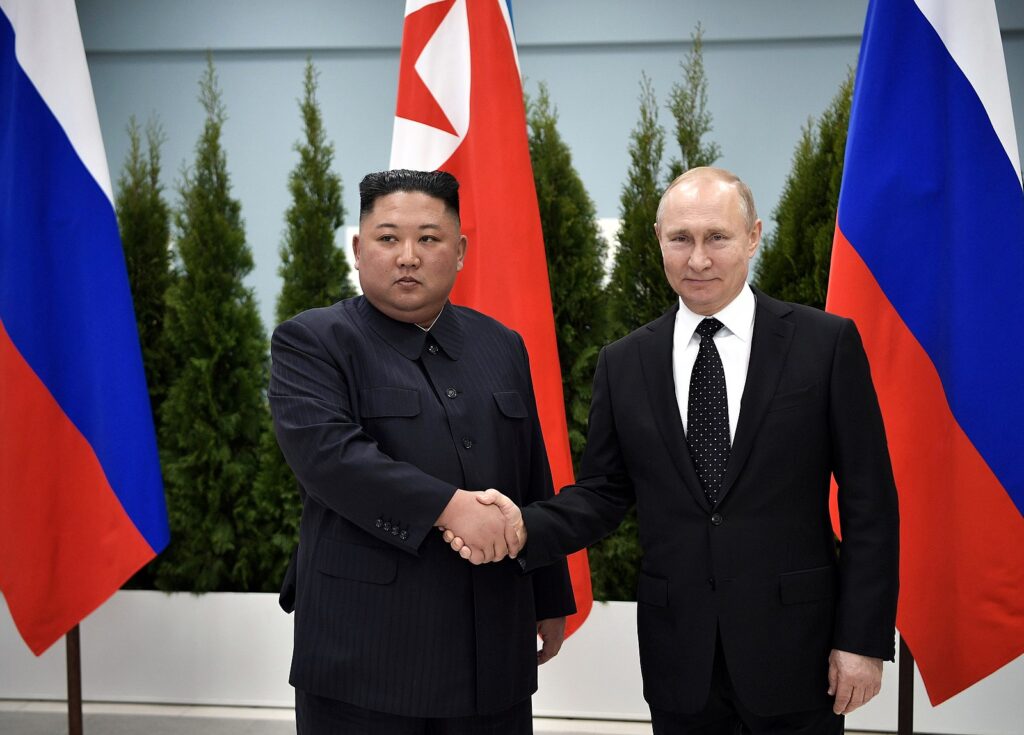
50,000 Russian and North Korean troops prepare to attack Ukrainian forces in Kursk
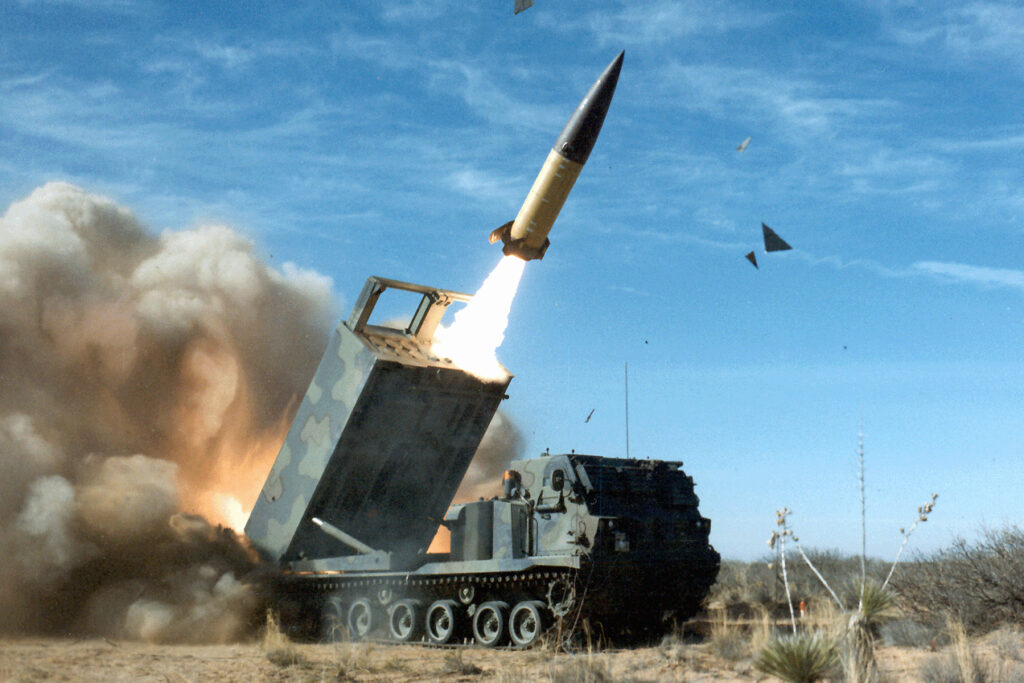
What damage can Ukraine inflict on Russia using its long-range Western weapons?
Sandboxx News
-

‘Sandboxx News’ Trucker Cap
$27.00 Select options This product has multiple variants. The options may be chosen on the product page -

‘AirPower’ Classic Hoodie
$46.00 – $48.00 Select options This product has multiple variants. The options may be chosen on the product page -

‘AirPower’ Golf Rope Hat
$31.00 Select options This product has multiple variants. The options may be chosen on the product page -

‘Sandboxx News’ Dad Hat
$27.00 Select options This product has multiple variants. The options may be chosen on the product page
